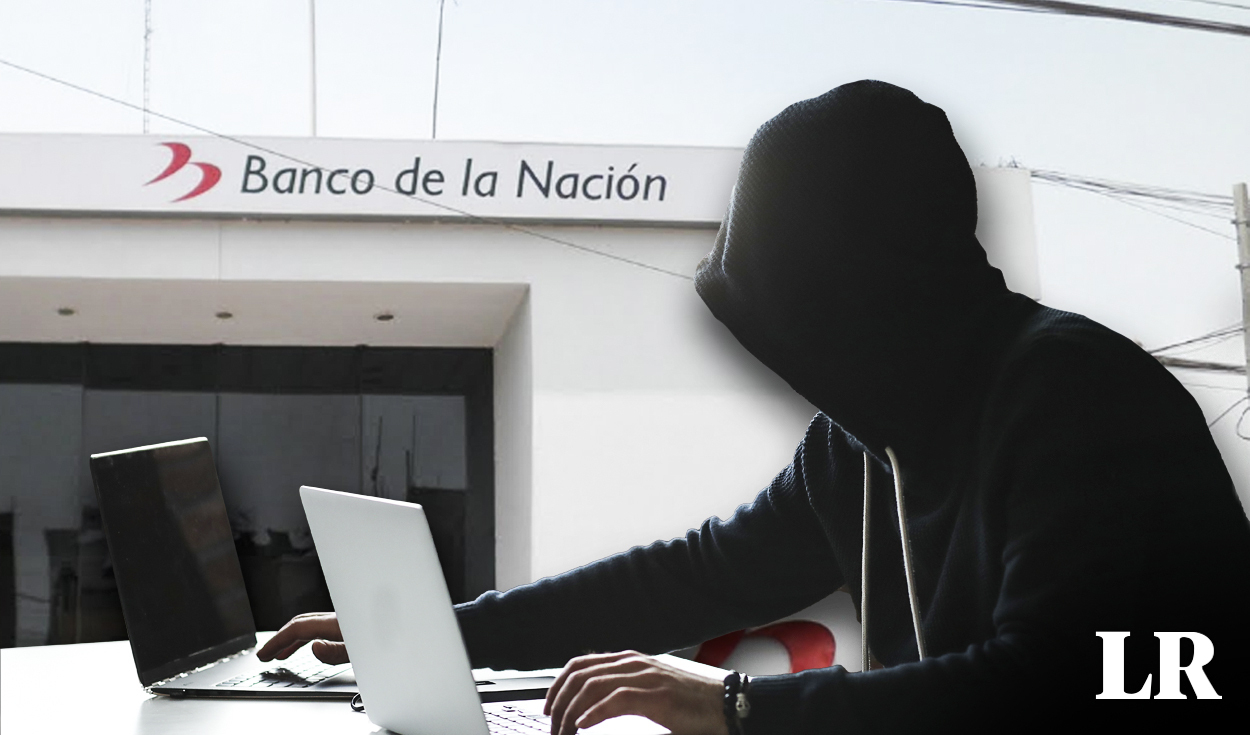
He National bank warns about the rise of cyber scams such as Spoofing and Phishing. Learn how to identify and protect yourself from these frauds.
He National bank has issued a statement to inform its clients about the most common forms of cyber fraud, highlighting the Spoofing and the PhishingWith increasing digitalisation and the use of technology, criminals have become more sophisticated in their methods, posing a significant danger to users’ financial security. It is crucial to be informed and take preventative measures to protect yourself from these attacks.
Cybercriminals are using increasingly advanced techniques to trick users and gain access to their confidential information, from identity theft through phone calls to sending fraudulent emails. Below are details of these methods and the recommendations of the Banco de la Nación to avoid becoming a victim of these crimes.
Banco de la Nación: What is Spoofing and Phishing?
Spoofing is a technique in which criminals mask the official phone number of the Banco de la Nación on the caller ID. This method deceives users into believing that they are speaking to representatives of the bank. During the call, the scammers report non-existent problems in the user’s account or unrecognized transfers, requesting personal data and OTP codes to “cancel” such operations. However, this data is used to carry out interbank transfers unauthorized.
Phishing, on the other hand, involves sending fake emails that appear to be from legitimate entities, such as National bankThese emails contain links to fraudulent websites or malware-laden attachments. By opening these files or following the links, users allow criminals to steal personal and financial information, such as passwords and credit card details.
What other types of fraud does the Banco de la Nación warn about?
In addition to Spoofing and Phishing, Banco de la Nación warns about other fraud techniques:
- Pharming: Using social networks, emails and messaging apps, scammers send messages inviting users to download files. These files install malicious software on users’ devices, redirecting them to fake websites to steal information.
- Smishing: Similar to Phishing, but carried out via text messages (SMS). Criminals send messages that appear to be from financial institutions, with links to fraudulent websites or downloads of malicious programs.
- Deepfake: Using artificial intelligence, scammers clone the voice or image of family and friends to request money transfers or make other fraudulent banking transactions.
How to prevent these fraud methods?
To protect yourself from these scams, Banco de la Nación recommends:
- Never provide secret codes, passwords or card details in telephone calls.
- Avoid answering calls from unknown numbers and be suspicious of communications that request personal or banking information.
- Do not open emails, WhatsApp messages or SMS with links or attachments from unknown senders.
- Always check that the website URL is correct and begins with “https”.
- Protect your devices with an antivirus and change passwords frequently.
- Do not post personal information on social media.
- Inspect ATMs and POS machines for foreign objects that can clone cards.
In case of suspected fraud, Banco de la Nación recommends immediately calling its fraud prevention line at (01) 519-2000, extension 93120, or consulting its official website and social networks for more information.
Source: Larepublica
Alia is a professional author and journalist, working at 247 news agency. She writes on various topics from economy news to general interest pieces, providing readers with relevant and informative content. With years of experience, she brings a unique perspective and in-depth analysis to her work.











